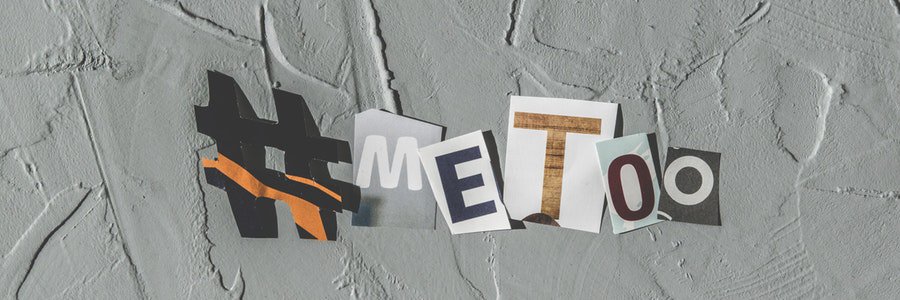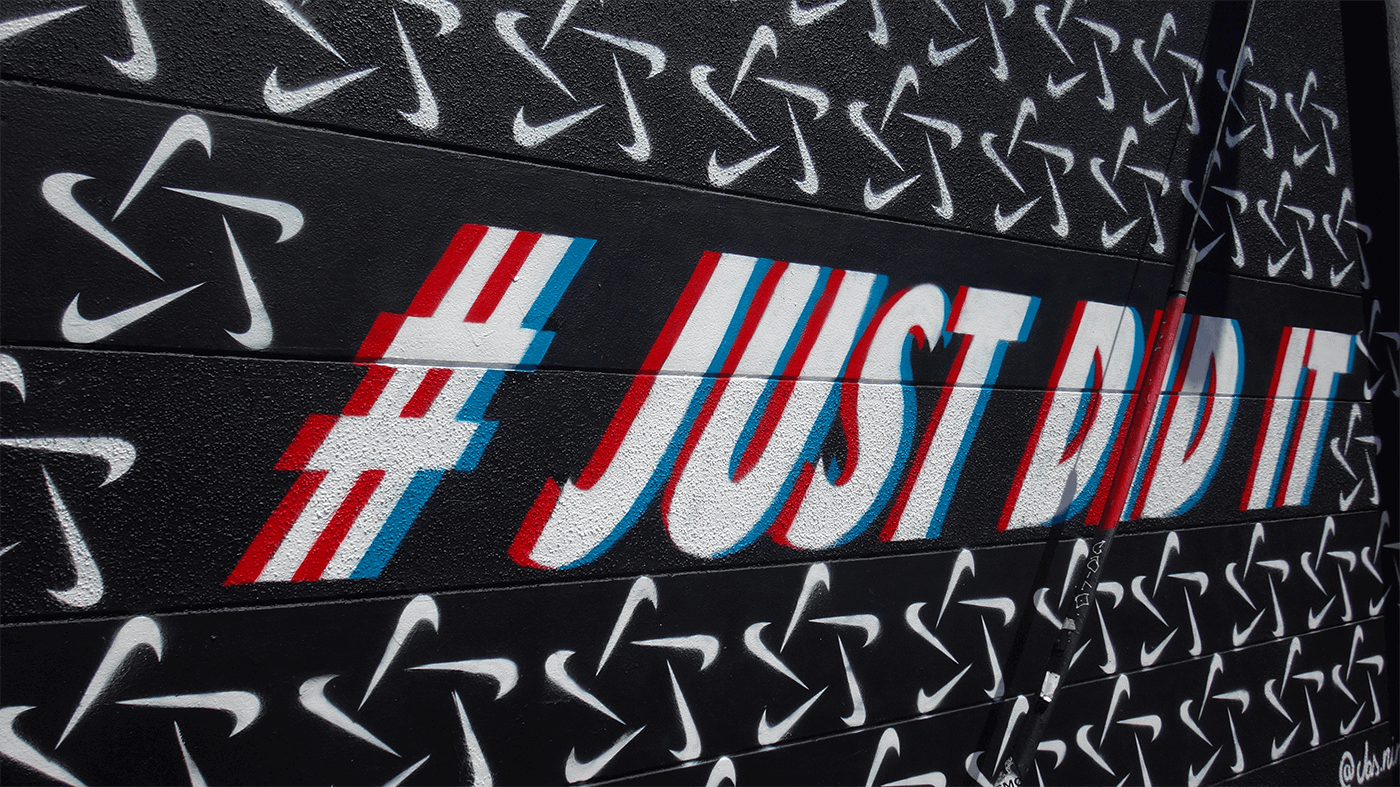
What is the right hashtag? How many hashtags make sense? Which are the best? Where do I place my hashtags? Who determines the rules for this? We give answers to this in this article.

Everything is told about hashtags – you might think. But there is somehow no unanimous opinion about the meaning of hashtags and their use. There is no other explanation for the attention that a recently published study on the subject of the hashtag has received. For example, did you know that fewer hashtags tend to generate more interactions? Probably not – we were also surprised.
In this post, we demystify the fairy tale of these legendary double-crosses. Once and for all. And after that, we don’t want to talk about it anymore. I Agree?
For the record only: what’s another hashtag?
So that we are all talking about the same thing, let’s quickly throw in a short definition of hashtags :
A hashtag is just a double-cross. Provided with a particular catchphrase, however, it is an essential tool in social media marketing. The hashtag is used to make messages or messages or other content on the social web discoverable on specific topics. This can mean events, actions or hypes, for example. The term is composed of the English words hash for the character rhombus and tag for the mark.
If you like it more detailed or theoretical, we recommend a look at Wikipedia for the keyword hashtag. Among other things, there is talk of “character string” or “meta tag”. Let’s take a look at three examples :
# cbb20: This hashtag points to the second edition of the corporate blog Barcamp in 2020. “Cbb” is composed of the first few letters of the event. “20” corresponds to the year.
#digiform: Our hashtag as part of the blog parade of the same name on the topic of digital reformation. The occasion was the 500th anniversary of the Reformation after Luther. Keyword digital transformation.
#metoo: a symbol of the fight against sexual assault, abuse and discrimination. It was created after an article in the “New York Times” in 2017 about the film producer Harvey Weinstein.

There are two types of hashtags with branded hashtags and community hashtags :
Branded hashtags are brought into circulation by brands in connection with current campaigns or events. They are an excellent opportunity for the integration of user-generated content (UGC) and, at least for a short time, increased social buzz. For example, there is a lot of such material for #SuperBowl.
Community hashtags generally relate to specific (niche) topics with social relevance regardless of brands and are therefore more sustainable. This enables companies to clarify their attitude.
Just for you all alone: what tips will help?
The colleagues from Seocracy have devoted themselves to the topic of hashtags and put five tips for the correct application in a video. We want to take up this help at this point and add further tips and links. We’ll also show you what doesn’t work.
Just for the sake of completeness: why hashtags at all?
- Placement: We recommend that you set the hashtags after the story at the end of the post. LinkedIn now offers this option separately in this form. As a result, the post reads much better and is supplemented sensibly. This approach has long been established on Instagram, and this trend is increasingly taking hold on Twitter.
- Selection: Use hashtags that suit you and your organization. Jumping onto a moving train at will is of no use to anyone. Thinking up a hashtag yourself can also lead to success. Then, however, it should be a hashtag that is specifically aimed at the community.
- Creativity: Which events do you take part in or which topics are you concerned with? Provide insights into your work and inside knowledge to make your perhaps small account special. Rather extraordinary than just unknown. If necessary, orient yourself on existing hashtags and modify them.
- Story: Out yourself more often than Local Hero! Did you know that hashtags and geo-locations have their own stories, some of which are enormous? Instagram will automatically show you the stories. If not, you can find them at the top of the location. There is also an established hashtag for almost every action in your city or region.
- Marking: We have seen more and more recently that related accounts are marked on the pictures. A tried and tested way to generate more attention. An idea that should not be overused or without any consultation. Because in the meantime, many users are annoyed by this method – and block the one who marks it invariably without being asked.
Hashtag-no-go: Even if Instagram allows up to 30 hashtags, such a number is mind-boggling. From a certain amount, the range even decreases. A study of the optimal number of hashtags found that fewer than ten hashtags per post are far more effective.
For emergencies only: How do you generate meaningful hashtags?

We recommend the previous tips. If you don’t use it to generate your hashtags straight away, tools will help because no hashtags are not a solution. You literally won’t get very far without them.
To increase your visibility and reach, you still need a little more than a hashtag generator. Always write a short story about your picture or post and use up to ten hashtags. By the way, sometimes it is enough to use the plural instead of a singular.
Here are five hashtag generators that work equally well for Instagram, Twitter and LinkedIn:
Tag Finder: The beauty of this generator is the language setting. Almost all languages are available. You can also exclude specific hashtag parameters.
Sistrix: The hashtag generator is based on over 15 billion combinations and is explicitly intended for Instagram. The tool is free of charge for up to 25 queries per day.
Likeometer: This tool is very simple. It provides you with 30 more hashtags on a specific keyword. If you can’t think of a hashtag of your own, this tool is not suitable.
All Hashtag: There are three filter options here to find the right hashtags. Although this hashtag generator is in English, the use of the copy function remains easy.
Composer: Not a tool for design lovers. The Instagram hashtag composer by Fanpage Karma is designed but offers a unique selling point with automatically created lists.
Conclusion: fewer hashtags mean more social buzz!
The benefits of hashtags can be demonstrated statistically, but not overestimated. It is clear that the right hashtags have to be chosen – additional interactions and ranges are then very likely. In this context, “right” means varied, authentic and meticulous. They are not mainstreaming, marginal or manipulative.
However, not much helps. And what works for one picture doesn’t fit at all for the next. Especially since the user needs for high-quality content remains untouched. Or rather, the perfect hashtags are of no use to you if you ignore your community and don’t present convincing content.
